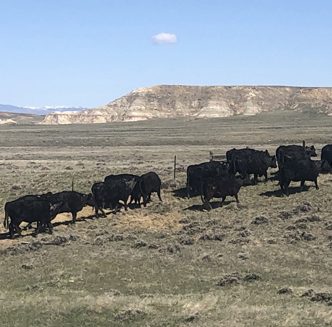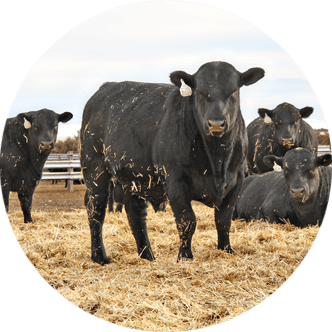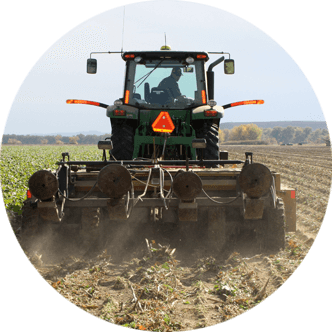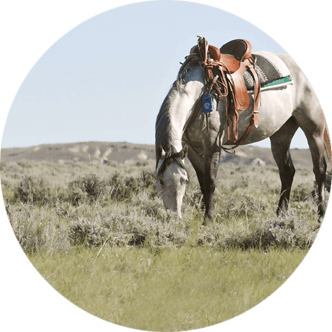Avian Flu Update: HPAI continues wreaking havoc across the U.S.
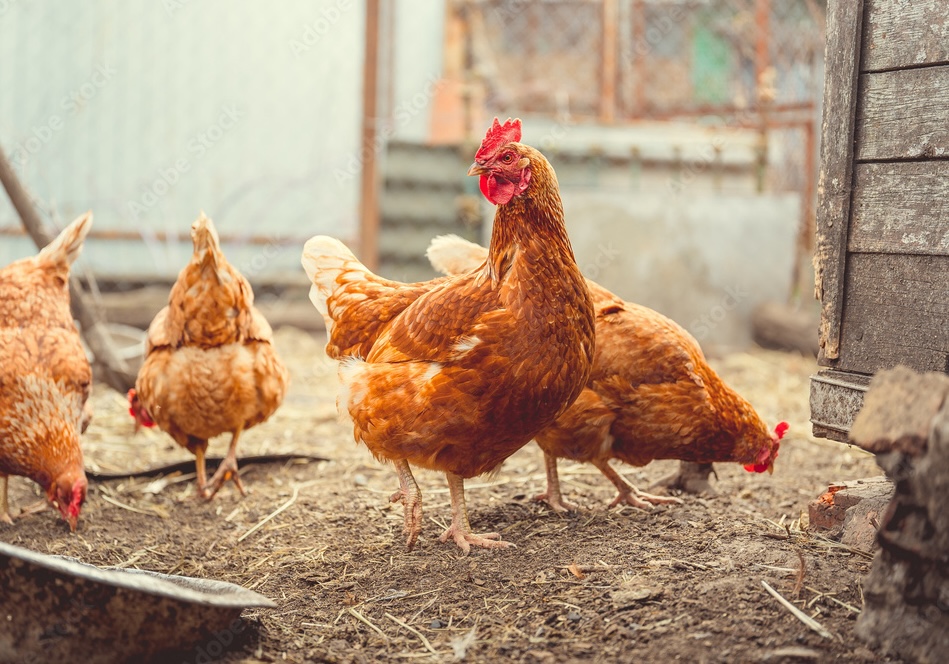
To date, more than 162.5 million birds have been affected by highly pathogenic avian influenza (HPAI) since January 2022, according to the U.S. Centers for Disease Control and Prevention (CDC), with cases reported in all 50 states.
Although the outbreak slowed significantly through most of 2024, cases started rising at the beginning of November and have continued to surge into the new year.
In fact, the U.S. Department of Agriculture’s (USDA) Animal and Plant Health Inspection Service (APHIS) reported 124 new cases in 32 states between mid-January and mid-February.
Avian influenza
According to APHIS, avian influenza is a contagious viral disease in domestic and wild birds caused by the influenza type A (H5N1) virus, primarily carried by infected wild waterfowl which appear to be healthy but shed the virus via feces, saliva and other respiratory secretions.
Domestic poultry become infected through direct contact with infected birds or contact with contaminated objects, equipment or the environment.
Severity of the disease depends on the strain and species affected, and HPAI strains are known for being deadly to domestic poultry, wiping out entire flocks within a matter of days. Therefore, it is considered a major threat to the poultry industry, animal health, trade and the worldwide economy.
APHIS notes infected domestic birds may show clinical signs of sudden death without any prior symptoms of illness; lack of energy and appetite; decreased egg production; soft-shelled or misshapen eggs; swelling of the eyelids, comb, wattles and shanks; purple discoloration of the wattles, comb and legs; difficulty breathing; nasal discharge; coughing; sneezing; twisting of the head and neck; incoordination and/or diarrhea.
Because HPAI is extremely contagious between bird species, experts encourage producers to actively monitor their birds for HPAI symptoms and to be diligent with flock biosecurity measures.
APHIS recommends producers use proper disinfection methods; limit on-farm visitors and ensure visitors practice good biosecurity, such as frequent hand washing and wearing boot covers; limit exposure to wild birds and create a site-specific biosecurity plan.
Individuals who believe they have infected animals should contact a veterinarian immediately.
Human cases
While CDC insists current public health risk is low, 69 human cases have been reported in 12 states since February 2022 – the majority of which resulted from exposure while working on an infected operation – and the first human death linked to H5N1 was reported on Jan. 6 in Louisiana.
Closer to home, it was confirmed by the Wyoming Department of Health (WDH) a Platte County woman contracted Wyoming’s first case of H5N1 and is the fourth American to be hospitalized for the virus.
The Feb. 14 WDH press release notes the woman is older in age, has underlying medical conditions and was likely exposed to the virus through contact with her infected backyard flock.
On the same day, the Wyoming Livestock Board (WLSB) and USDA APHIS confirmed the presence of HPAI in two other flocks in Sheridan and Washakie counties.
“Samples from each flock were tested at the Wyoming State Veterinary Laboratory, part of the National Animal Health Laboratory Network, and confirmed at the APHIS National Veterinary Services Laboratories in Ames, Iowa,” WLSB shares. “Affected premises are placed under quarantine to prevent further exposure.”
WDH Epidemiologist and State Health Officer Dr. Alexia Harrist says, “While this is a significant development as bird flu activity is monitored in Wyoming and across the country, it is not something we believe requires a high level of concern among most Wyoming residents.”
Other animals affected
Over the past year, the disease has widened its scope to include more than just feathered species.
In March 2024, a multi-state H5N1 outbreak swept through dairy operations.
As of Feb. 19, APHIS data showed 972 total cases in dairy herds across 17 U.S. states, with 36 new cases confirmed in four states between mid-January and mid-February.
The U.S. Food and Drug Administration (FDA) notes, since the first detection in March 2024, the agency has “engaged in research and other efforts with industry, federal and state partners to ensure the continued effectiveness of the federal and state milk safety system.”
Later, on Oct. 30, 2024, CDC reported the first and only case of H5N1 in a pig on a backyard farm in Crook County, Oregon.
Currently, experts are concerned about pet health after two infected indoor cats from separate residents in Multnomah County, Oregon were euthanized because they were so sick.
A Feb. 19 CBS News article by Kate Gibson notes both cats had eaten the same brand of raw pet food before falling ill, and the virus was found in both of the cats and food samples, including unopened containers.
As a result, the regional Wild Coast Pet Foods company issued a recall.
Additionally, FDA announced manufacturers of cat and dog foods covered by the Food Safety Modernization Act Preventative Controls for Animal Food Rule and that use uncooked or unpasteurized material derived from poultry or cattle must reanalyze their food safety plans to include H5N1 as a “known or reasonably foreseeable hazard.”
“Furthermore, FDA is issuing the announcement to ensure cat and dog food manufacturers are aware of information about the new H5N1 hazard associated with their pet food products, which is an additional reason manufacturers must conduct a reanalysis of their food safety plans,” FDA states.
According to FDA, domestic and wild cats are particularly sensitive to bird flu and may show signs of fever, lethargy, low appetite, reddened or inflamed eyes, discharge from the eyes and nose, difficulty breathing and neurological signs like tremors, seizures, incoordination or blindness.
While dogs can contract the disease, they usually exhibit mild clinical signs and low mortality compared to cats.
Nationwide impacts
In addition to direct infections reported across the U.S., HPAI has caused other nationwide impacts, most notably a current egg shortage resulting in record-high prices.
According to the USDA, wholesale egg prices rose 40 cents between mid-January and mid-February to a whopping $7.44 per dozen.
The U.S. Bureau of Labor Statistics says the full impact of this wholesale spike had not yet hit consumers as of Feb. 17, reporting many are paying around $4.82 per dozen. But, the agency expects prices to continue rising in coming weeks as the nation’s egg shortage persists and distributor costs are passed on to consumers.
Additionally, in an effort to “cut wasteful spending,” the Trump administration enacted mass firings across the federal government based on recommendations from the Department of Government Efficiency, including those working on the avian influenza epidemic.
In a Feb. 19 CBS News article by Megan Cerullo, USDA says it is now trying to rehire bird flu experts who were “accidentally fired.”
“Although several positions supporting HPAI were notified of their terminations over the weekend, we are working to swiftly rectify the situation and rescind those letters,” USDA tells CBS News.
As HPAI continues wreaking havoc across the states, USDA, FDA and CDC, along with state partners, have pledged to continue investigating the outbreak in poultry, pets, dairy cows and people.
“The responsibility of FDA is to protect public health by ensuring the safety of the milk, dairy products and animal feed supply. USDA APHIS is leading the response from the animal health perspective while coordinating closely with the FDA and CDC,” FDA shares.
Hannah Bugas is the managing editor of the Wyoming Livestock Roundup. Send comments on this article to roundup@wylr.net,

